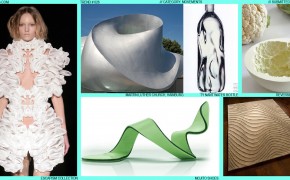IRRATIONALISM
In the world of design, the careful study and application of the fundamental rules of aesthetics is the mark of a true craftsman. The aesthetic theme these rules have created, the modern movement of Rationalism, has deeply influenced the everyday objects in our lives. From the structures we live and...
Read more



